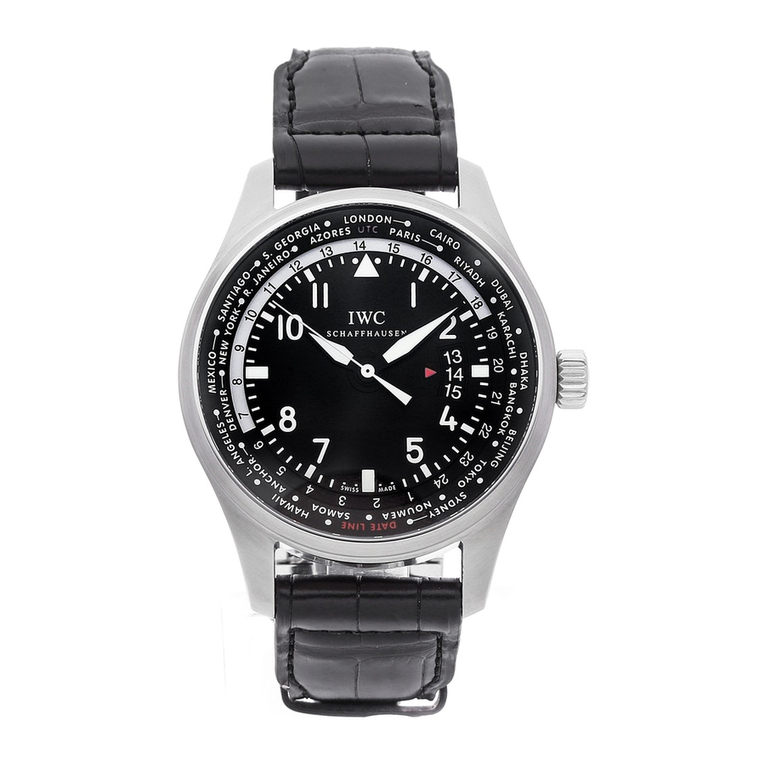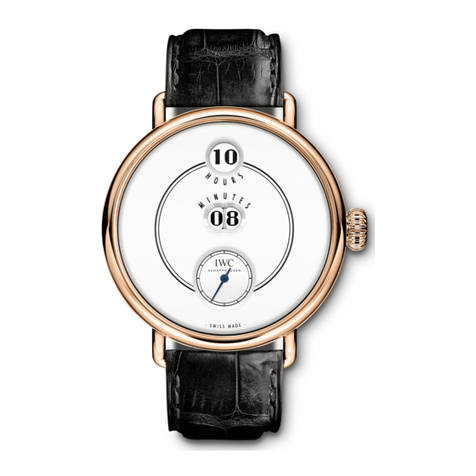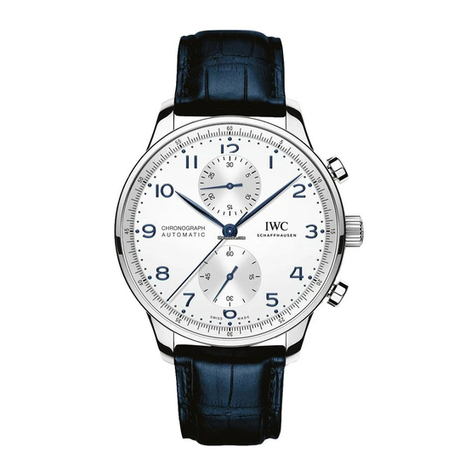iwc Reference 3785 User manual
Other iwc Watch manuals
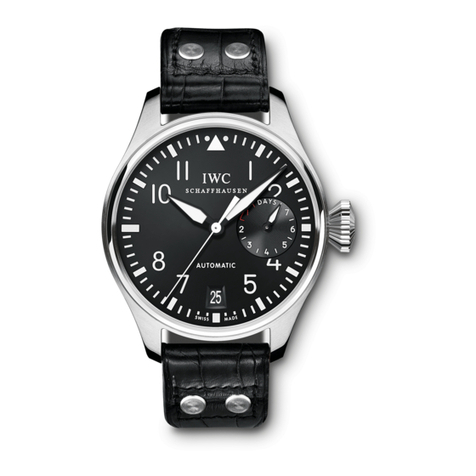
iwc
iwc GROSSE FLIEGERUHR User manual

iwc
iwc 3723 User manual
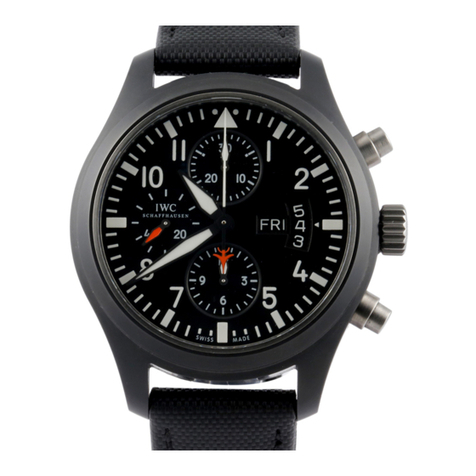
iwc
iwc 3789 User manual

iwc
iwc Portugieser Chronograph Rattrapante User manual
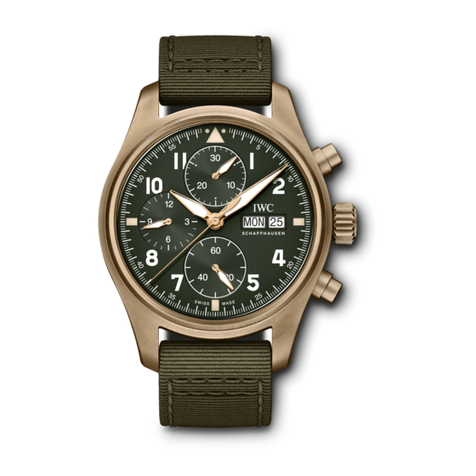
iwc
iwc PILOT'S WATCH CHRONOGRAPH SPITFIRE User manual
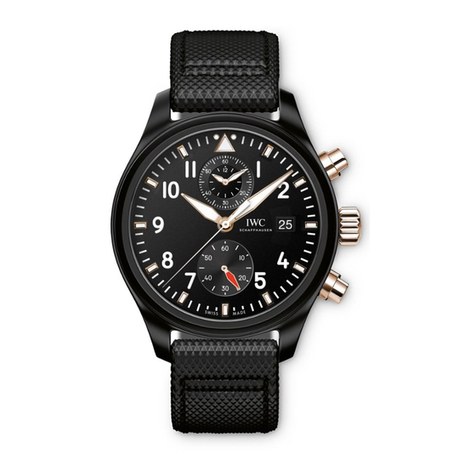
iwc
iwc IW3890 User manual

iwc
iwc IW5165 User manual
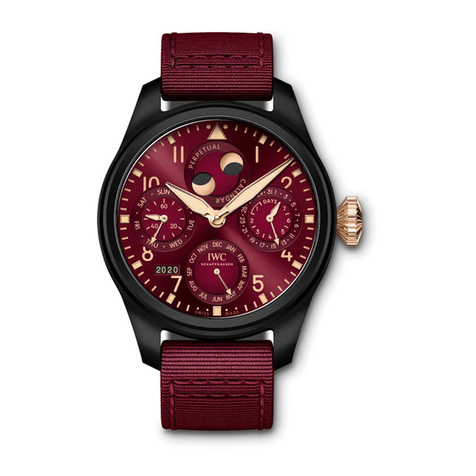
iwc
iwc BIG PILOT'S WATCH PERPETUAL CALENDAR User manual
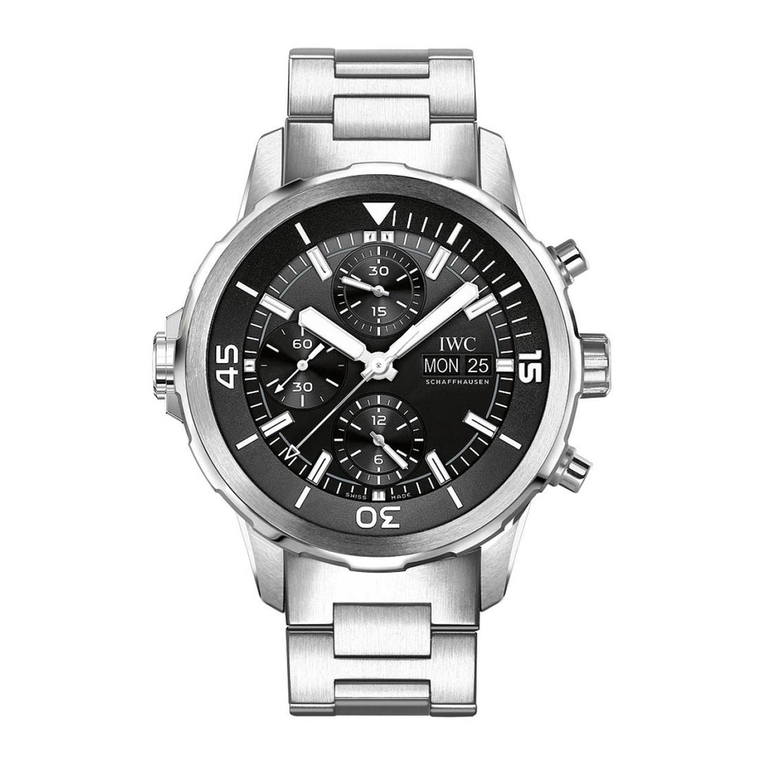
iwc
iwc IW3768 User manual

iwc
iwc Ingenieur User manual
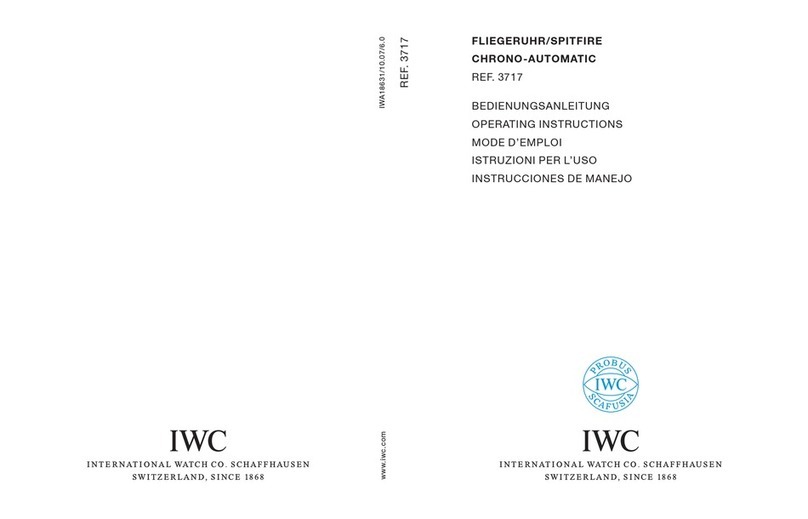
iwc
iwc FLIEGERUHR User manual
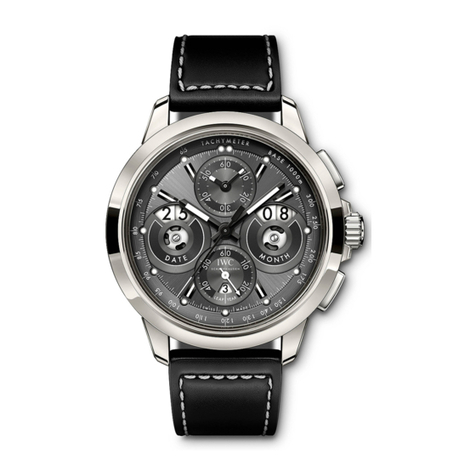
iwc
iwc INGENIEUR PERPETUAL CALENDAR DIGITAL... User manual

iwc
iwc AQUATIMER AUTOMATIC 2000 User manual
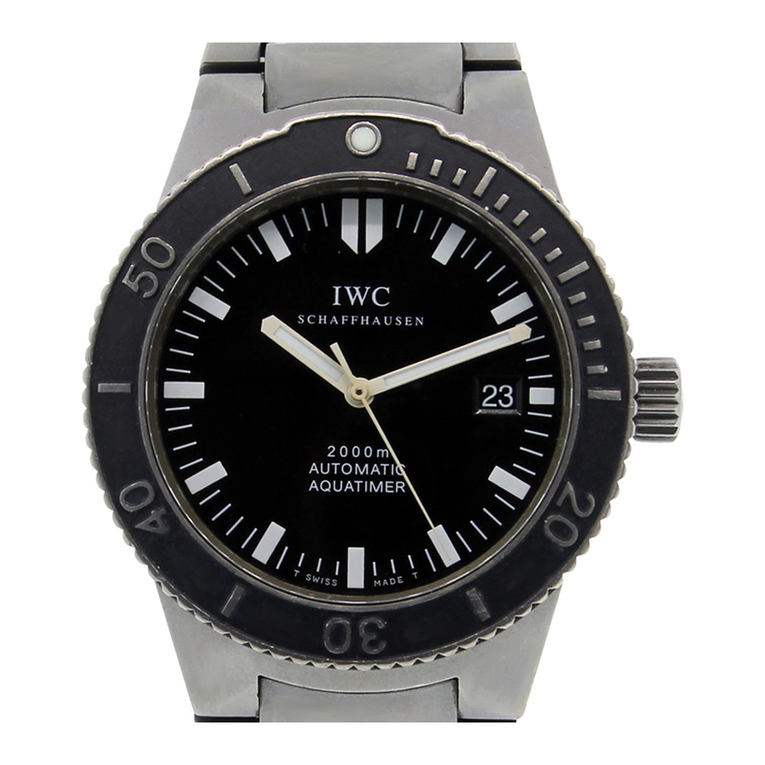
iwc
iwc GST AQUATIMER 3536 User manual
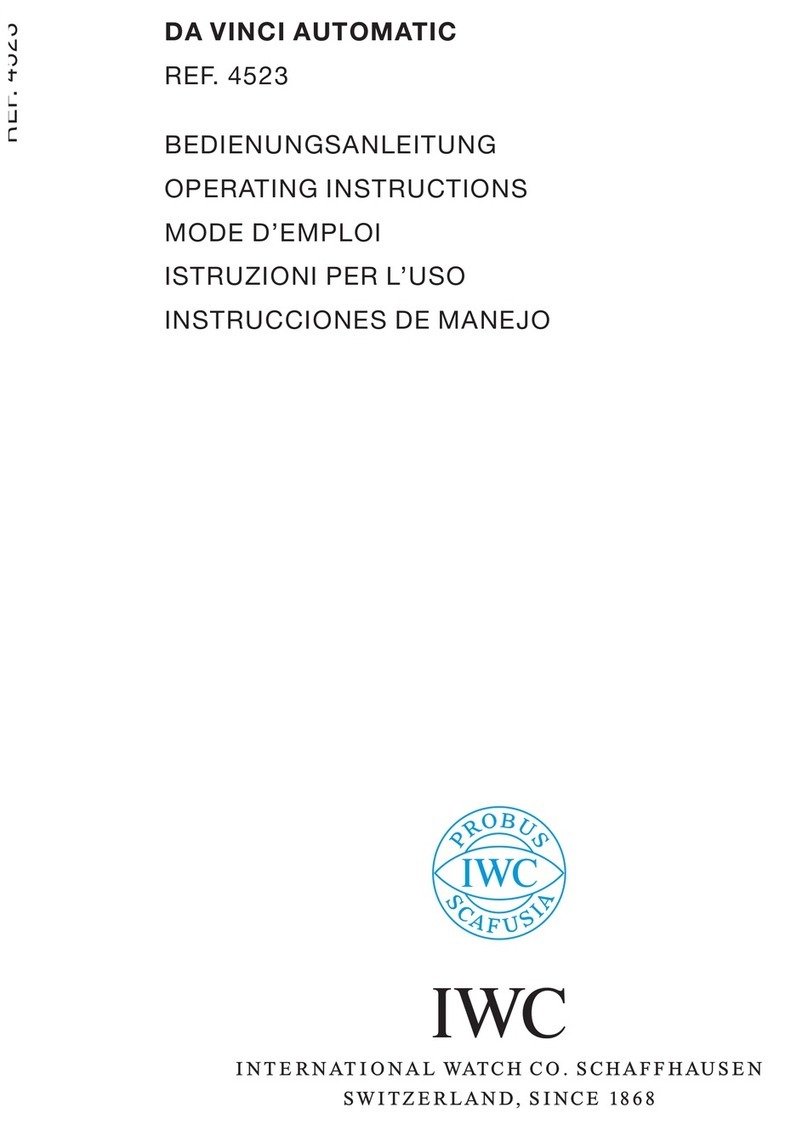
iwc
iwc DA VINCI AUTOMATIC User manual

iwc
iwc Portugieser JAHRESKALENDER User manual
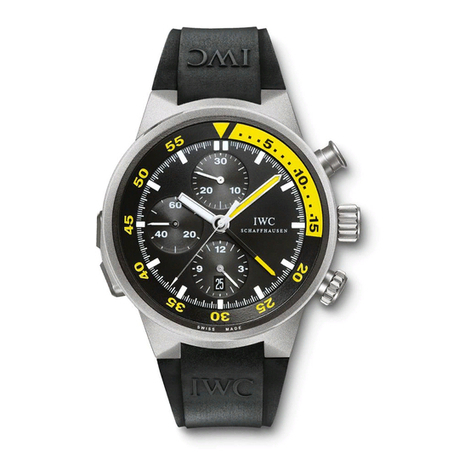
iwc
iwc 3723 User manual

iwc
iwc IW3240 User manual

iwc
iwc portuguese chronograph classic reference... User manual
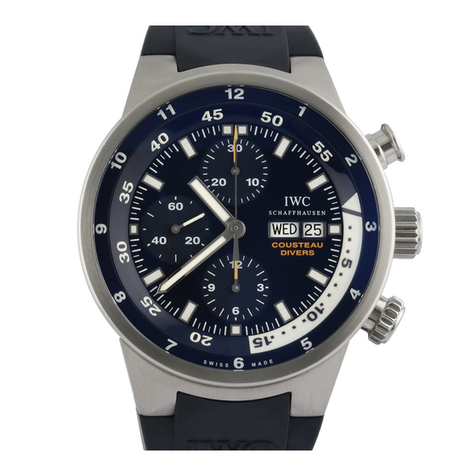
iwc
iwc COUSTEAU DIVERS User manual
Popular Watch manuals by other brands

Casio
Casio QW 5513 Operation guide

Piaget
Piaget 560P Instructions for use

Armitron
Armitron pro sport MD0346 instruction manual

West Marine
West Marine BlackTip 13411293 Instruction Booklet and Care Guide

Jaeger-leCoultre
Jaeger-leCoultre HYBRIS MECHANICA CALIBRE 184 manual

FOREVER
FOREVER iGO PRO JW-200 user manual
